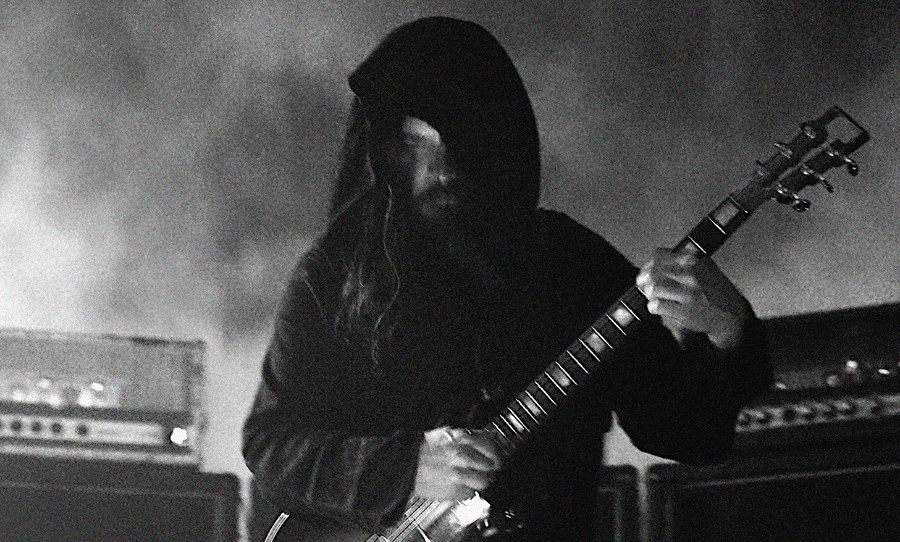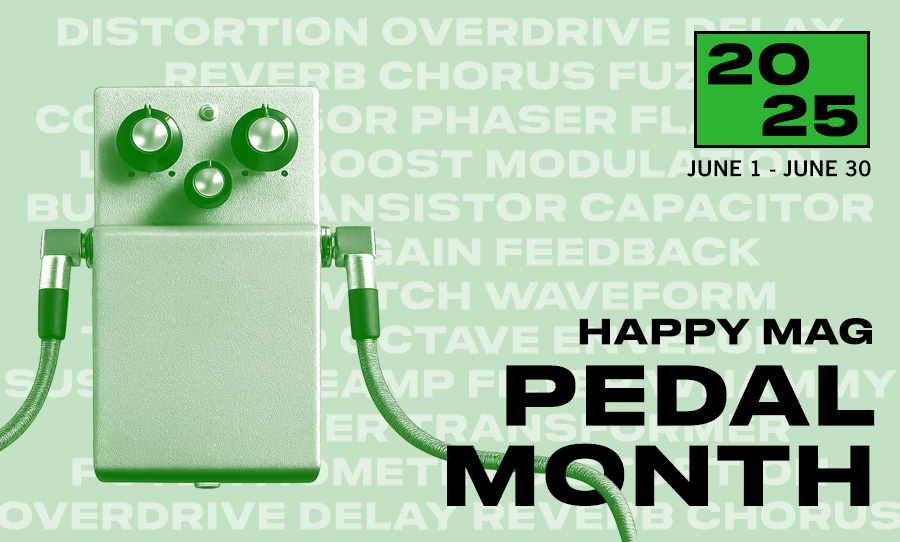There are tons of classic guitar tones out there from Hendrix to Gilmour, but here are 8 artists that strive to redefine what a guitar can be.
Sound has been the driving force of guitar invention, whether it’s Jimmy Page using the violin bow, or Keith Rowe trying to imitate a Jackson Pollock painting. New techniques have developed through artists wanting to generate sound from the guitar, tones that no one has thought of yet. Of course, Eric Clapton’s Cream tone is classic for a reason, but not every guitarist has to use a Gibson through a Marshall stack.
There are sounds that the guitar isn’t very good at making, like drones, or non-pitched notes. But over time guitarists have come up with ways of challenging these limitations. If it’s through using new technology, preparing the instrument, or just using the same old gear in a different way, these artists are pushing the boundaries of the guitar’s design and in the process, creating bold new tones for the instrument.

Lee Ronaldo and Thurston Moore
Changing how you play the guitar is one direct path to a new sound. Although their most influential work isn’t ‘new’, Thurston Moore and Lee Ronaldo revolutionized how the guitar was approached through their time in Sonic Youth.
Whether it was sticking drumsticks under the strings, creating a new tuning, or strumming behind the bridge on a Jazzmaster, Moore and Ronaldo made guitarists rethink what was possible. They proved there’s no need for virtuosic chops to make brilliant music, just the creative drive to find new approaches.
Mary Halvorson
In the jazz world, guitar tone is often categorised by its eras. You have the early ‘chunk’ archtop sound and the smooth ‘60s clean sound. Every jazz player discovered the chorus in the ’70s and in the ‘80s, the guitar synth was obsessed over (thanks Pat Metheny). Mary Halvorson is carving out her own path, using just a guitar and an amp. Typically found in improvised contexts, she achieves a dry, aggressive sound just from the way she plays, with a hard attack.
Although not often preparing the guitar, Halvorson’s signature sound comes from the way she sets up and plays the instrument. Her barebones rig (a Guild hollow-body through a small combo amp) allows her to explore the range of timbre the guitar has to offer.
Stephen O’Malley
Often spotted through walls of amplifiers, Stephen O’Malley has definitely stripped some paint off walls with his band Sunn O))). Simply calling it ‘distortion’ understates the visceral experience of O’Malley’s tone, especially live.
He uses some incredibly specific Sunn amps, paired with a handful of pedals (typically a RAT distortion, octave pedal, and a boost), to generate sustain, sub-frequencies, and power, forming his signature sound. Influenced by minimalism, drone, and metal, O’Malley plays the guitar more like he’s tending to a fire, just adding enough fuel to keep it roaring.
St. Vincent
Annie Clark, aka St. Vincent, has her own take on what defines a rock guitar tone. And having studied at Berklee, she is probably more qualified than most. Clark’s signature sound is comprised of fuzz and distortion paired with modulating effects, which pierces through her genre-bending music. She is able to use guitar and distortion to create her own voice, one that’s replete with technical wizardry but with little regard for the textbook.
St. Vincent’s technique and tonal palette go hand-in-hand. Not only does she employ bends, harmonics and glissandos, but she also couples them with effects that push the humble electric guitar into heavily synthetic territories.
Nels Cline
What do Wilco, Mike Watt, and John Zorn have in common? Nels Cline. A master of both guitar and electronic manipulation, Cline is able to create completely unique soundworlds through his creativity and selection of gear.
Typically wielding a Jazzmaster and an army of effect pedals, Nels Cline uses loops, distortion, and modulation to create a new instrument that only he can play. He’s able to fit into a wide range of musical settings and still inject his unique character into each one.
Dave Harrington
Although taking on more of a producer role recently, Dave Harrington uses the guitar in a fascinating way with his electronic duo Darkside. By installing another input and volume control, he is able to control the volume of loops without touching any pedals.
He uses the Line-6 DL4 to generate the loops, and after passing through a variety of effects he can fade them in minutes after actually recorded. This fits right into his soundscape, giving him the ability to generate and sustain a lot of sound without playing a lot of notes.
Fennesz
When most guitarists want to get into electronics they turn to pedals. Coming out of the ’90s Techno scene, Christian Fennesz uses his guitar through a laptop running Max/MSP to generate walls of electronic sound. He often only plays solo and will improvise one long piece for the entire set, including loops and stems from his albums throughout the piece.
The guitar is used primarily to cut through his electronic soundscapes, often overdriven and drenched in reverb. His setup allows him to create some unique music, something in between a DJ set, ambient music, and minimalism. In a space where some people don’t view laptops as ‘real instruments’ and guitars are being replaced with synthesizers, Fennesz’s voice is completely unique, entirely musical, and fresh.


